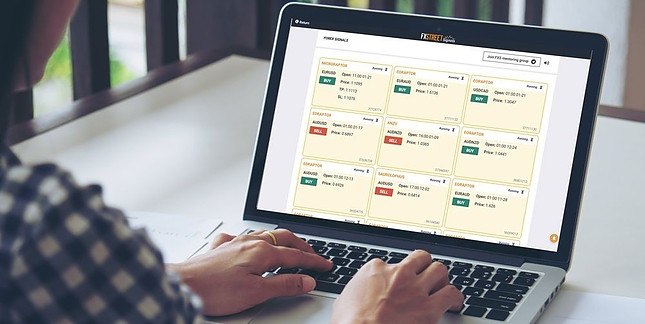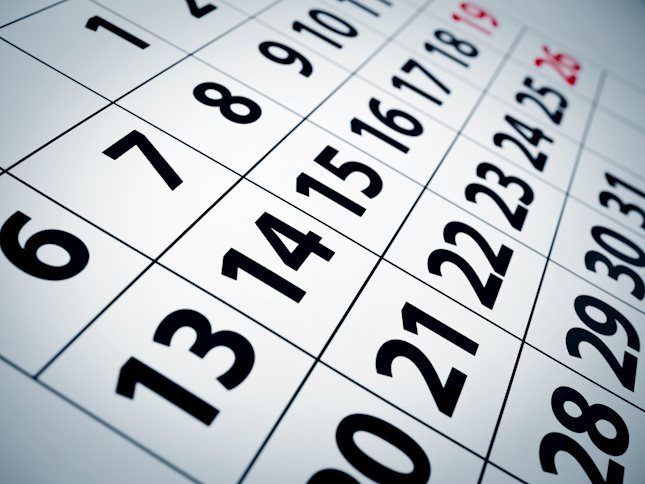AUD/USD Taxa de câmbio
Escolhas dos Editores

FXStreet launches Real-Time Trading Signals
FXStreet Signals offers access to explanatory live webinars, real-time notifications when signals are triggered and exclusive membership to the company’s Telegram group, where users get direct guidance by our analysts and get room to discuss and interact.

Trade the events with the fastest Economic Calendar
Keep up with what is going on in the FX market - from current economic events to economic indicators - by checking our economic calendar, which covers more than 1000 events from all over the world.
AUD/USD
The AUD/USD currency pair, commonly known as the “Aussie”, represents how many US dollars (the quote currency) are needed to purchase one Australian dollar (the base currency). Alongside with the New Zealand Dollar (NZD) and the Canadian Dollar (CAD), the AUD is considered a commodity currency due to Australia’s significant exports of raw materials such as precious metals, oil and agricultural products.
The Reserve Bank of Australia (RBA) has historically maintained higher interest rates compared to other industrialized nations. Combined with the relatively high liquidity of the AUD, this has made the AUD attractive for carry traders looking for a currency with higher yields.
HISTORIC HIGHS AND LOWS FOR AUD/USD
- All-time records: Max: 1.4875 on February 1974 – Min: 4851 on March 2001
- Last 5 years: Max: 0.8007 on 25/02/2021 – Min: 0.5509 on 19/03/2020
* Data as of December 2024
INFLUENTIAL ASSETS FOR THE AUD/USD
- Currencies: The Japanese Yen (JPY) and the Chinese Yuan (CNY), as Japan and China are the most significant trading partners of Australia. Other relevant currency pairs include: EUR/USD, GBP/USD, USD/JPY, USD/CHF, NZD/USD and USD/CAD.
- Commodities: Gold, Iron Ore and Natural Gas.
- Bonds: GACGB10 (Australia Government 10-year Bond Yield), and T-Note 10Y (10-year United States Treasury note).
INFLUENTIAL ORGANIZATIONS AND PEOPLE FOR THE AUD/USD
- Reserve Bank of Australia (RBA) is Australia's central bank, deriving its functions and powers from the Reserve Bank Act 1959. Its primary duty is to contribute to currency stability, full employment and the economic prosperity and welfare of the Australian people. The RBA achieves this by setting the cash rate to meet a medium-term inflation target of between 2% and 3%, maintaining a strong financial system and efficient payment infrastructure and issuing the nation's banknotes.
- The Federal Reserve (Fed) is the central bank of the United States (US) and it has two main targets: to maintain the unemployment rate at its lowest possible levels and to keep inflation around 2%. The Federal Reserve System's structure is composed of the presidentially appointed Board of Governors and the partially appointed Federal Open Market Committee (FOMC). The FOMC organizes eight scheduled meetings in a year to review economic and financial conditions. It also determines the appropriate stance of monetary policy and assesses the risks to its long-run goals of price stability and sustainable economic growth. The FOMC Minutes, which are released by the Board of Governors of the Federal Reserve weeks after the latest meeting, are a guide to the future US interest-rate policy.
- Michele Bullock is an Australian economist and the current Governor of the Reserve Bank of Australia. She assumed the role in September 2023 and is the first woman to hold the position. She is the Chair of the Reserve Bank Board, Payments System Board and Council of Financial Regulators. Prior to her current role, Bullock was the Deputy Governor of the RBA.
- Jerome Powell took office as chairman of the Board of Governors of the Federal Reserve System in February 2018, for a four-year term ending in February 2022. He was sworn in on May 23, 2022, for a second term as Chairman ending May 15, 2026. Born in Washington D.C., he received a bachelor’s degree in politics from Princeton University in 1975 and earned a law degree from Georgetown University in 1979. Powell served as an assistant secretary and as undersecretary of the Treasury under President George H.W. Bush. He also worked as a lawyer and investment banker in New York City. From 1997 through 2005, Powell was a partner at The Carlyle Group.